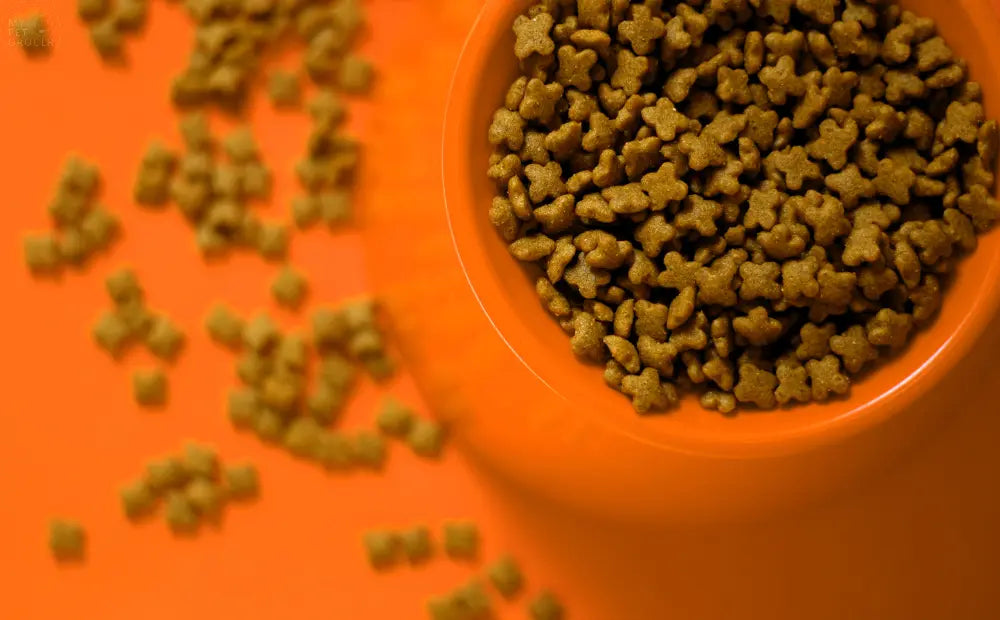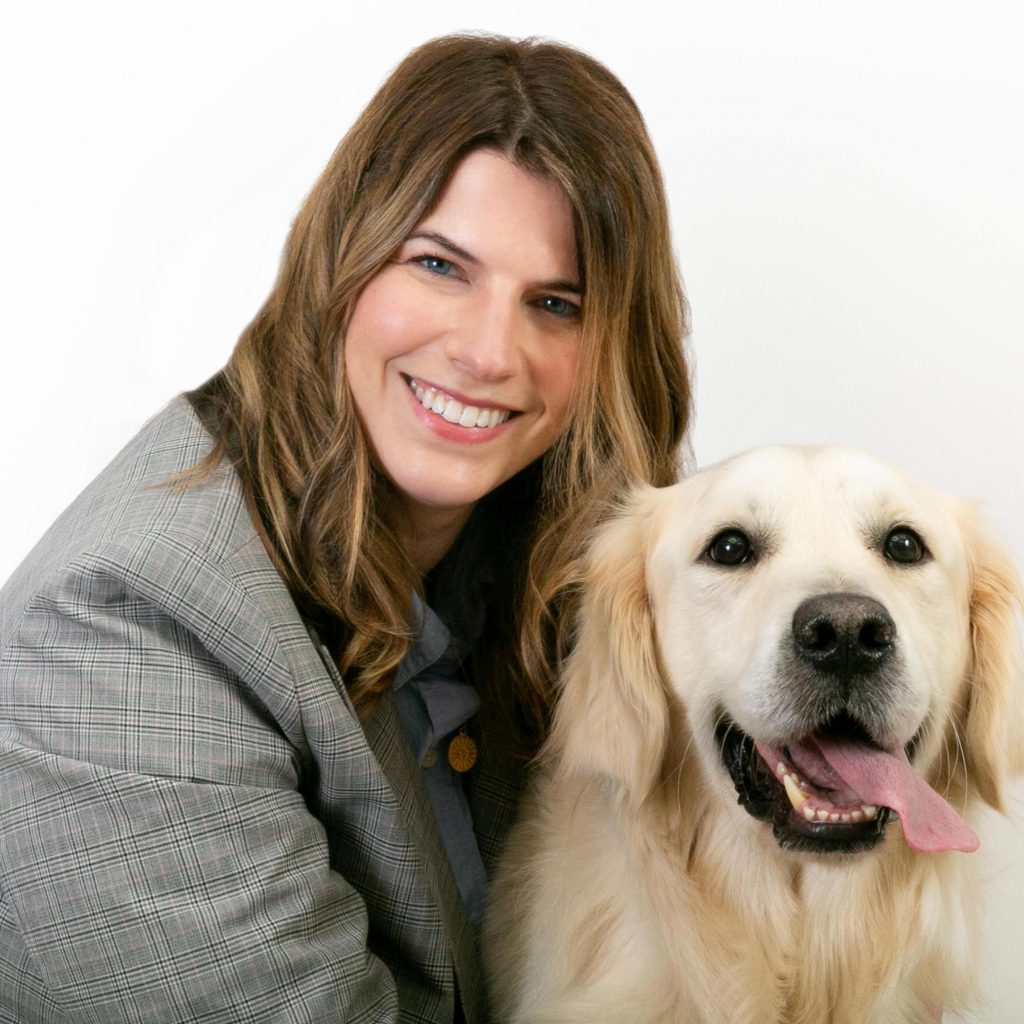
Natural, Organic & Human-Grade Pet Food: What These Labels Really Mean
Pet food aisles are filled with labels like natural, organic, and human-grade—but what do these buzzwords really mean for your pet’s health? While they may sound reassuring, many of these terms are used as marketing shortcuts rather than true indicators of quality. Organic farming, for example, has benefits but can create ethical dilemmas when it comes to animal care. “Natural” is loosely enforced and often misused. And “human-grade” may sound safe but doesn’t necessarily align with your pet’s nutritional needs. At My Pet Grocer, we believe clarity matters more than catchphrases. Here’s what these labels really mean—and the questions you should be asking instead.
The Problem with Pet Food Buzzwords
Walk into any pet store and you’ll see packages covered in feel-good words like natural, organic, and human-grade. These labels are designed to catch your attention, but they often leave out critical details. While some brands use these terms accurately, others rely on them as clever marketing—hoping you’ll equate the label with better quality, without digging deeper.
At My Pet Grocer, our philosophy is simple: accurate information over clickbait, and nutrition knowledge over scare tactics. Here’s what these terms really mean for your pet.
Organic: More Complex Than It Sounds
Organic farming can benefit animals, the environment, and the quality of ingredients. But the “organic” label alone doesn’t guarantee ethical practices—or the best nutrition for your pet.
In the U.S., organic certification comes with strict rules. For example, if an animal receives antibiotics even once, it can no longer be labeled organic. This can lead to a troubling dilemma for farmers:
-
Treat the animal and lose organic status
-
Let the animal suffer untreated
-
Euthanize a potentially treatable animal
Ironically, properly administered antibiotics completely leave an animal’s system after a withdrawal period. Conventional meat undergoes strict safety checks for residues, but organic regulations have a zero-tolerance policy.
The takeaway? Trust your source over your label. Whether or not a product is organic, ingredients from farms that prioritize animal welfare and responsible care will almost always be healthier—and better for your pet—than a product leaning on a label alone.
Natural: Defined, but Loosely Enforced
According to AAFCO (Association of American Feed Control Officials), “natural” pet food cannot contain chemically synthesized ingredients—except for vitamins and minerals.
Sounds straightforward, right? The problem is, companies can still use this term in ways that blur the truth, sometimes engaging in natural washing (similar to greenwashing in human products).
That’s why we prefer the term ingredient-centric—it’s harder to misuse and focuses on whole-food, minimally processed ingredients. But even then, ingredient-centric doesn’t always mean nutritionally complete. Many “natural” foods lack proper formulation, leading to imbalances if fed long-term.
Bottom line: Natural doesn’t always mean better—especially if it’s not balanced.
Human-Grade: Marketing to You, Not Your Pet
The term human-grade sounds reassuring—it means the ingredients come from USDA-approved facilities. But your pet’s needs are not the same as yours.
Consider this: grocery store chicken is allowed up to 30% salmonella contamination because it’s assumed you’ll cook it. Pets often eat food raw, meaning that “human-grade” chicken could be riskier for them than properly formulated pet food.
Instead of aiming for “human-grade,” we should focus on companion-grade standards—nutrition and safety designed specifically for dogs and cats. That means:
-
Zero tolerance for pathogens dangerous to pets
-
Whole-prey nutrition principles
-
Transparent quality standards tailored to species needs
The Real Question to Ask
Instead of chasing buzzwords, ask: Does this food meet my pet’s nutritional needs, come from a trusted source, and use safe, high-quality ingredients?
Labels can guide your first impression, but they shouldn’t replace deeper questions about sourcing, formulation, and transparency. Your pet’s health depends on the details that marketing doesn’t always tell you.
